The words "Could only have been painted by a madman" were written atop the paint in pencil near the corner of the frame.
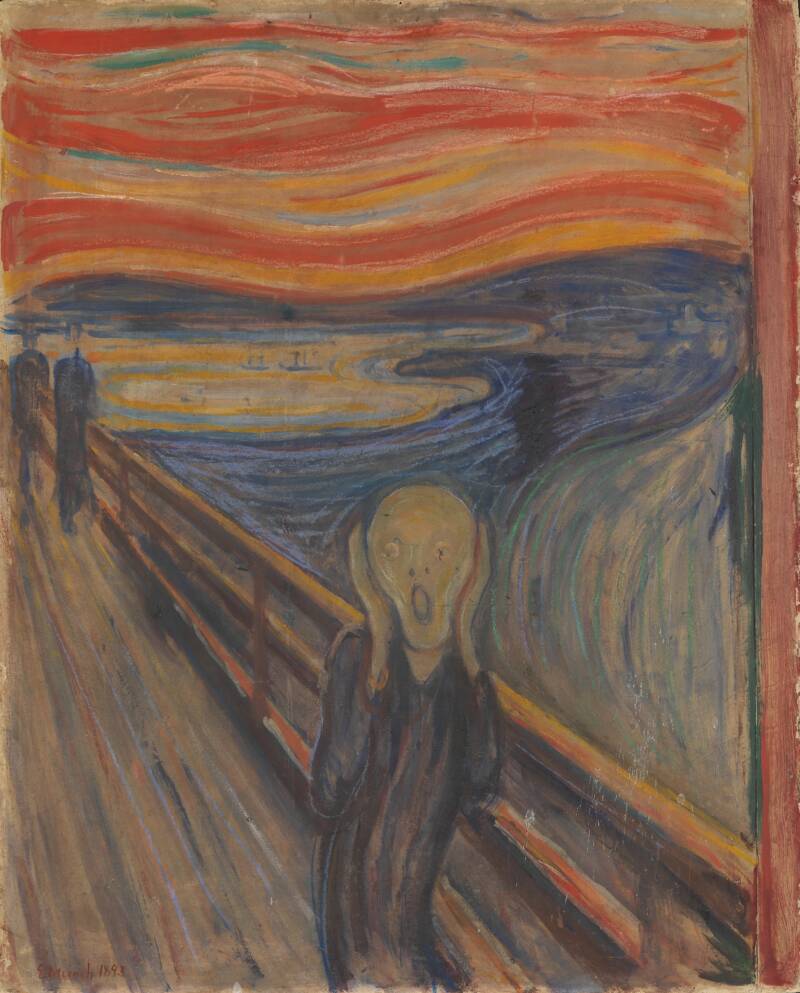
Edvard MunchThe message had baffled experts ever since it was first found in 1904.
Curators have finally identified the author of a mysterious message inscribed into Edvard Munch’s iconic painting “The Scream.” Turns out, it was Munch himself.
The note, faintly scrawled in the top left corner of the painting in old-fashioned Norwegian, reads: “Could only have been painted by a madman!”
The identity of the message’s author has stumped experts for 117 years. The inscription was first noticed by a Danish art critic in 1904, about a decade after the painting’s debut. Since then, experts have debated its authorship — could it have been Munch himself, or simply a vandal who didn’t like his painting? But now we have a definitive answer.
“The writing is without a doubt Munch’s own,” said Mai Britt Guleng, the curator of the National Museum of Norway.
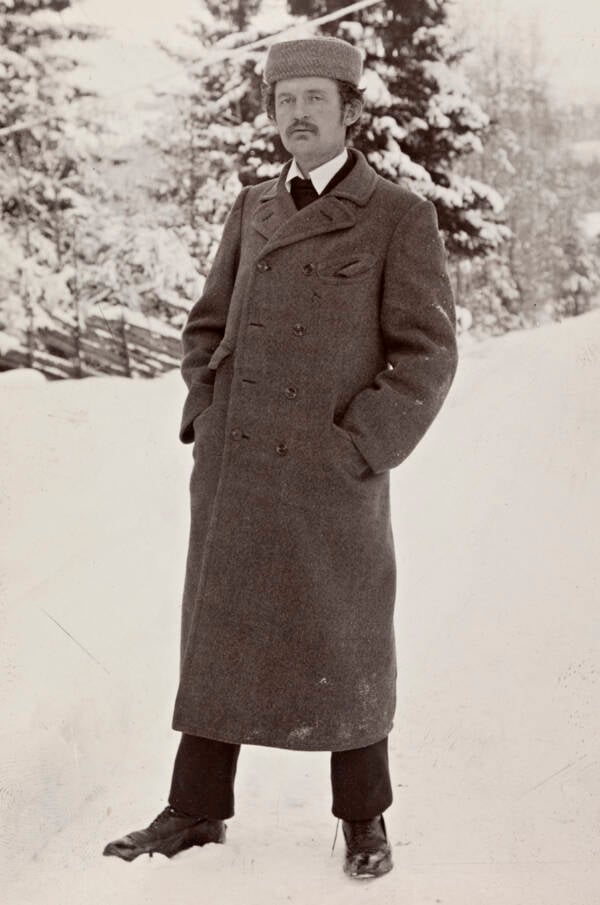
Wikimedia CommonsEdvard Munch was dismayed at how some people reacted to “The Scream.”
To uncover the message’s author, a team at the National Museum of Norway first had to fully uncover the message itself.
“It’s been very difficult to interpret,” noted Thierry Ford, the painting conservator at the National Museum of Norway. “Through a microscope, you can see that the pencil lines are physically on top of the paint and have been applied after the painting was finished.”
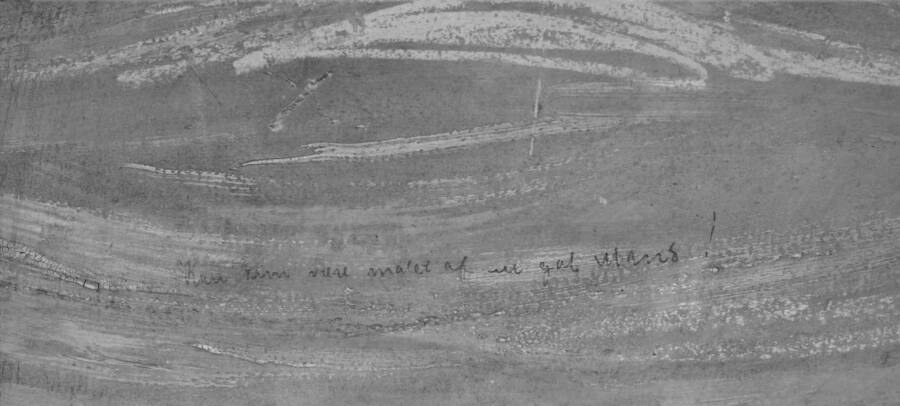
The National Museum of NorwayThe pencil marks that make up the inscription are faint and hard to make out.
To get a closer look at the faint message, the museum’s team took infrared photographs of the painting. This made the carbon from the writer’s pencil easier to see. Next, the team looked through Munch’s diaries and letters to study his handwriting. Then, they compared the inscription on the painting with Munch’s handwriting.
It was a match — in more ways than one.
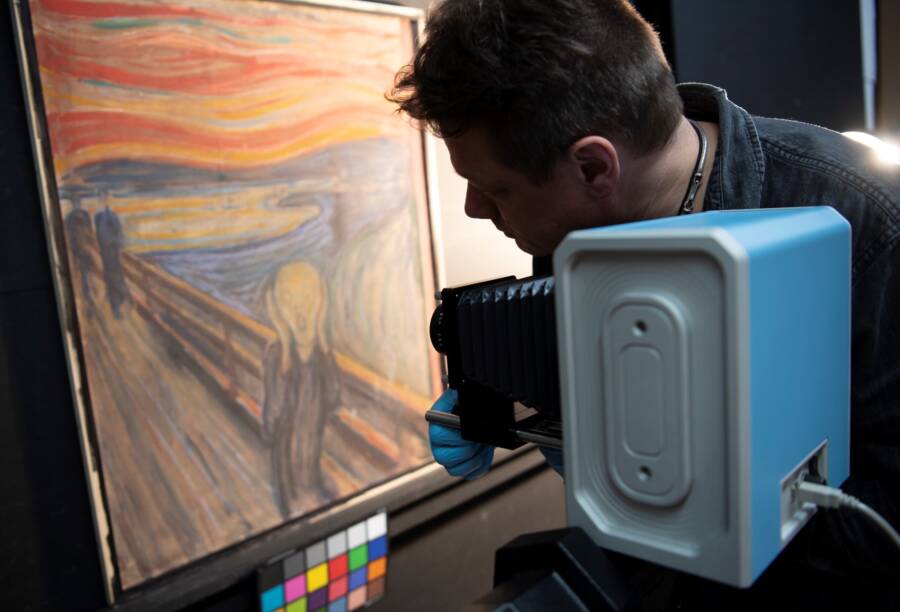
The National Museum of NorwayInvestigators used infrared scans to identify the carbon marks made by Munch’s pencil.
Not only did Munch’s handwriting match the message, but the message’s sentiment also matched Munch’s state of mind at the time it was likely written.
Guleng explained: “The handwriting itself, as well as events that happened in 1895, when Munch showed the painting in Norway for the first time, all point in the same direction.”
So, what had inspired the artist to inscribe such a message into his own painting?
Munch painted the now-iconic piece in 1893 after taking a sunset walk with two friends. Pausing to take a breath, Munch recalled that he saw: “blood and tongues of fire” streaking across the sky. “My friends walked on, and I stood there trembling with anxiety — and I sensed an infinite scream passing through nature.”
The result was a masterpiece. But not all of Munch’s contemporaries agreed.
After showing the painting abroad, Munch displayed it in Norway for the first time later in 1893. His countrymen gave it a cold reception.
An art critic named Henrik Grosch, then director of the Norwegian Museum of Decorative Arts and Design, wrote that “The Scream” was proof that people should not “consider Munch a serious man with a normal brain.”
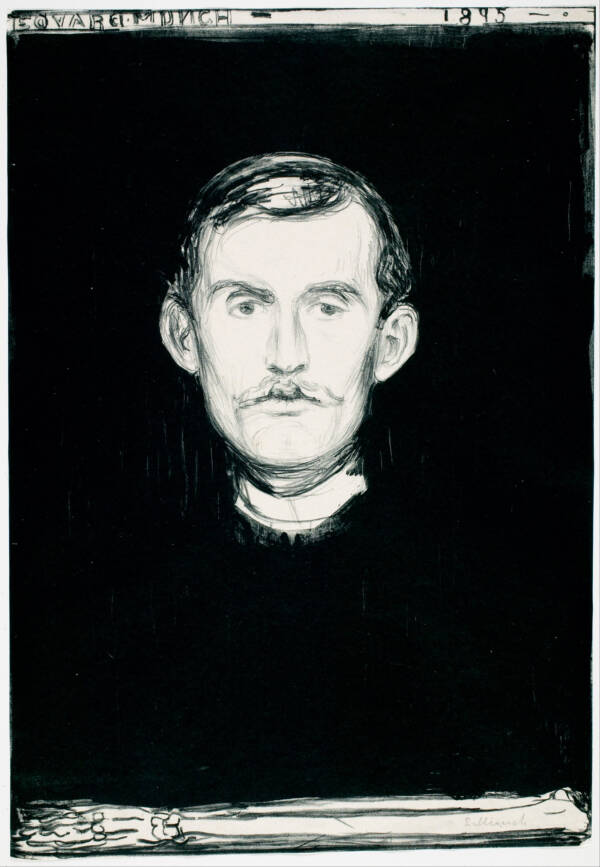
Edvard MunchEdvard Munch’s self-portrait, painted in 1895.
During a discussion of Munch’s painting — where Munch was likely present — a medical student named Johan Scharffenberg also questioned Munch’s mental state. According to the National Museum of Norway, Scharffenberg claimed that “The Scream” proved that Munch “was not of sound mind.”
Scharffenberg went on to say that the painting might mean that Munch was prone to hallucinations and should probably be sent to a hospital and forbidden from painting.
The artist was horrified. Not only did the criticism of his work hurt him personally, but Grosch and Scharffenberg had touched on one of Munch’s insecurities. He feared that he, like other members of his family, might fall into madness. Both his father and grandfather had suffered from depression and his sister was sent to a psychiatric hospital. Munch himself would be hospitalized after a nervous breakdown in 1908.

Wikimedia CommonsEdvard Munch in 1902, a few years before his nervous breakdown.
The criticism of the painting festered inside Munch. He referred to it often in his letters and diary entries, even decades later. And, it seems, it drove him to pick up a pencil and inscribe a note into “The Scream” sometime before 1904.
“He might have been drunk doing it,” Guleng said. “It might have been a moment of emotional distress.”
The inscription, she continued, could be read as an “ironic comment” or as “an expression of the artist’s vulnerability.”
But today, Munch’s contemporaneous critics have long since eaten their words. A pastel version of “The Scream” — there are four versions, three in the National Museum of Norway — was sold at auction for $120 million in 2012.
“The scream is more than a painting,” noted one London dealer after the gargantuan sale. “It’s a symbol of psychology as it anticipates the 20th-century traumas of mankind.”
After reading about the secret message in “The Scream” painting, read about how this Leonardo da Vinci piece might have been painted by his assistant. Or, how this “fake” Rembrandt could be real.





